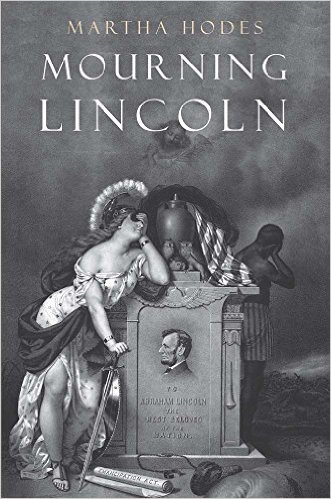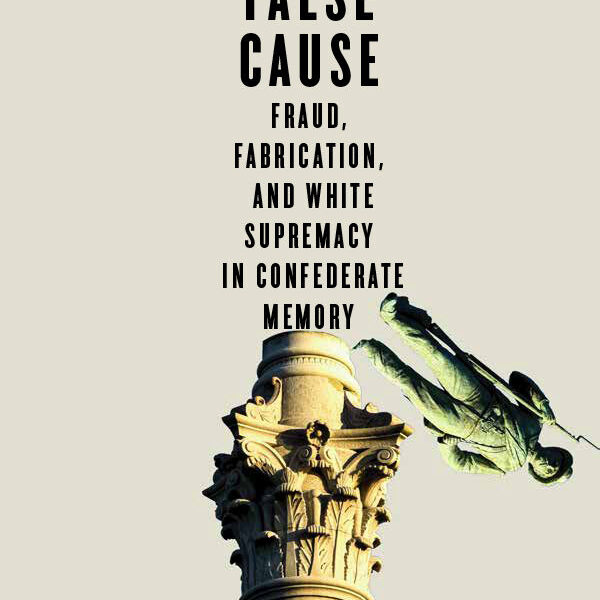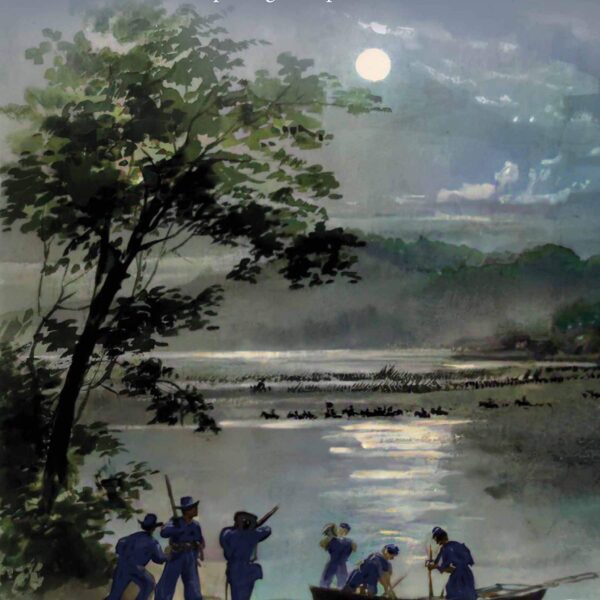The title of Nicolas Barreyre’s book, Gold and Freedom: The Political Economy of Reconstruction, refers to “the intersection of two major post-Civil War debates: one about the economic consequences of the war and the other about the political, racial, and social consequences of the abolition of slavery” (10). Barreyre argues that these debates were intimately intertwined, and that “it is impossible to understand Reconstruction apart from the economic debates that engulfed the nation. Conversely, the nature of those debates and the role of the money question cannot be grasped apart from Reconstruction” (3).
Barreyre is part of a group of historians seeking to broaden the scope—geographic as well as temporal—of Reconstruction. As such, he situates Reconstruction in a national, rather than a regional, framework. This national framework is critical because it allows historians to understand the “spatial dimension of politics in the United States” (2). By this he means the sectionalism so prevalent in the nineteenth century U.S.: not North/South tensions, but rather Northeast/Midwest tensions. Barreyre’s goal is to explore the results of the divisions between the Northeast and the Midwest, and “the transmutation of certain themes of political economy into geographical oppositions” (9).
,
Barreyre begins by charting the development of a Midwestern sectional identity. By the end of the U.S. Civil War, he contends, “the Midwest was…a section that existed, in the sense that its inhabitants—and others—were aware of it as a distinct, shared reality” (27-28). In Congress, tensions between the Midwest and the Northeast emerged frequently. The Bankruptcy Act, for instance, “stirred sectional feelings” (33). When debating veteran bounties, “sectionalism transformed the debate, and people soon stopped talking about equalizing bounties among soldiers of the united North and focused solely on balancing federal subsidies between the two sections” (37). Northeast/Midwest sectionalism was also evident in debates over the money question, which emerged “when a complex series of distinct but related problems of political economy were boiled down into two broad positions soon characterized as ‘soft money’ versus ‘hard money’” (53). Barreyre asserts that this question quickly became sectionalized. Granted, the people of each section were never unanimous, and one could find dissenters in each section from the prevailing orthodoxy. Because the two major political parties did not have coherent positions on the money issue, Northeast/Midwest sectionalism threatened both parties. The same could also be said of other economic issues, such as taxes and the tariffs. Both political parties, Barreyre insists, attuned to their own self-interest, did their best to avoid splitting along sectional lines. This explains the minor tariff reductions of the 1870s. “It was through the competition between the parties and the sections,” he concludes, “that political economy became mixed up with the social and institutional reform of the South” (110).
Economic issues were not only responsible for Northeast/Midwestern sectionalism, but they also influenced debates about the reform of the South and disrupted Reconstruction. After being trounced in the 1866 midterm elections, Democrats sought an alternative electoral strategy. George Hunt Pendleton provided one example of how economic issues could be handily employed against Republicans. “The money question,” he gambled, could be wielded “as an electoral weapon” (127). Barreyre is not the first to discuss Pendleton’s tactics, but he makes a good point that the radical defeat in 1867 was not due exclusively to the suffrage issue; the money question also played a critical role. In other words, “Pendleton’s wager was successful. By taking a subject that divided Republicans sectionally and making it an issue in a state election, he gave it political legitimacy and lifted it to national prominence” (130). Despite originating as a Democratic weapon, Pendleton’s “Ohio issue” divided both parties and demonstrated how economic sectionalism could hurt both parties. Republicans forged compromises to maintain their party intact, including the Fifteenth Amendment and the Public Credit Act. By the time of Grant’s inauguration “Reconstruction, the debt, and the money question were now clearly intertwined” (149).
The compromises Barreyre outlines, particularly on economic issues, did not hold indefinitely. After the Gold Corner of 1869, sectional conflict intensified, and Congress could not avoid economic issues. In an attempt to combat fragmentation, Republicans decided to “use Reconstruction to maintain party unity and impose a sectional compromise on the tariff and the money question” (152). In other words, Republican leaders “tried to unite the party around Reconstruction, the only issue that was an effective tool both for ideological mobilization and differentiation of Republican and Democratic positions” (163). Compromise became possible because, Barreyre contends, Republicans had a common purpose: Reconstruction. Republicans reasoned that terrorism by white southerners threatened Reconstruction reforms and, by extension, the Republican Party. In using Reconstruction to stave off a geographical split, Republicans encouraged an ideological split: the Liberal Republicans. Thus, Reconstruction was an “important campaign theme, necessary for ensuring party unity” in the Election of 1872, but “it had increasingly little to do with any actual policy initiatives to protect the reforms achieved previously” (192).
In the final chapter, Barreyre argues that “monetary sectionalism played a key role in reshaping the political landscape between 1873 and 1876” (195). In 1874, after being crushed in the midterm elections, Republicans realized Reconstruction could no longer stave off sectional differences; instead, it had become a handicap. Thus, they developed a new strategy: “a compromise between the Northeast and the Midwest on the money question and a disengagement from the South” (210). As if to answer Pendleton’s “Ohio issue,” Republicans also tested their own strategy in Ohio: stirring up controversy about an alleged Catholic threat to elide the money question. Thus, Republicans campaigned on values, instead of Reconstruction, to avoid divisions; abandoned the South to save the North; and adopted a sectional strategy for political survival. Reconstruction could still prove useful insofar as Republicans continued to “wave the bloody shirt.” But Barreyre asserts that Reconstruction “had been drained of its substance” (229). He concludes that a spatial history of politics is necessary to understand Reconstruction.
Barreyre’s informative monograph does have a few minor issues. For one, he might have explained how he chose to group political parties for his analysis of roll-call votes, as well as how he sorted the states into sections. His choices are not necessarily wrong, but spending some time explaining why he made these groupings could have provided readers with additional information. On another note, he offers here a story very much focused (with some exceptions) on Washington, D.C., and elite political actors. There is nothing wrong with this, of course, although some historians may criticize him for moving the lens so far from the South, thereby minimizing the actors people have come to expect in the story of Reconstruction. To be sure, we need both elite and non-elite perspectives in the story of Reconstruction, but it would have been nice to see him try to include the voices of ordinary people, too.
These critiques aside, this thought-provoking book will appeal to a wide array of scholars. It is not well-suited for use in undergraduate classes, but it should be assigned in graduate seminars about Reconstruction and the Gilded Age. It will spark lively debate and discussion.
Evan C. Rothera is Assistant Professor of History at the University of Arkansas—Fort Smith. He is the co-editor of The War Went On: Reconsidering the Lives of Civil War Veterans (2020).





